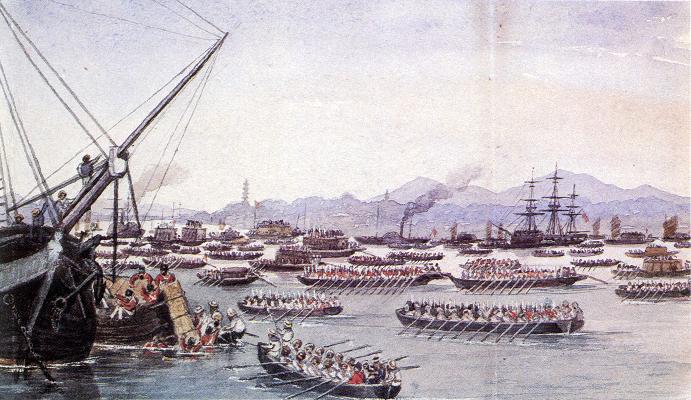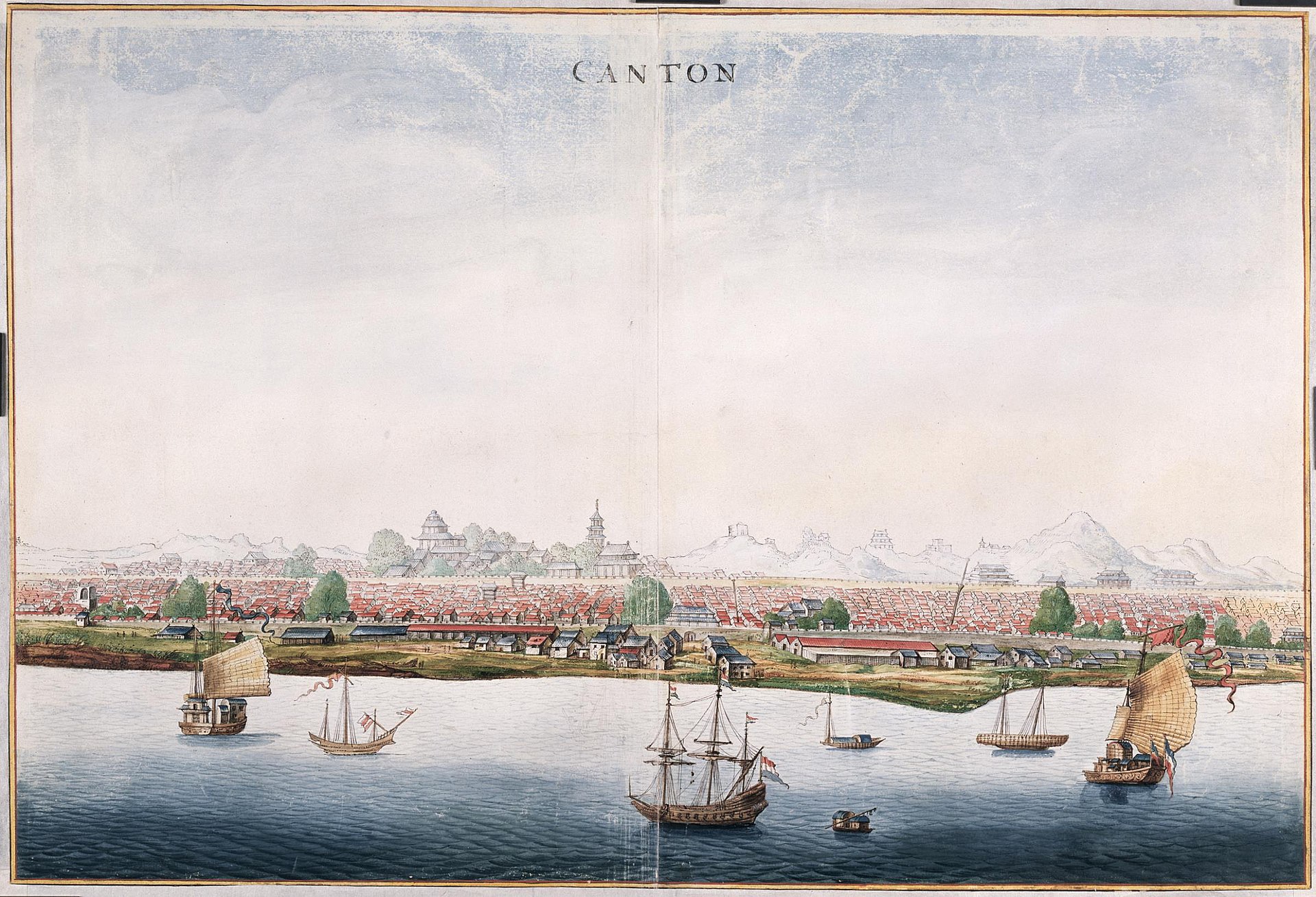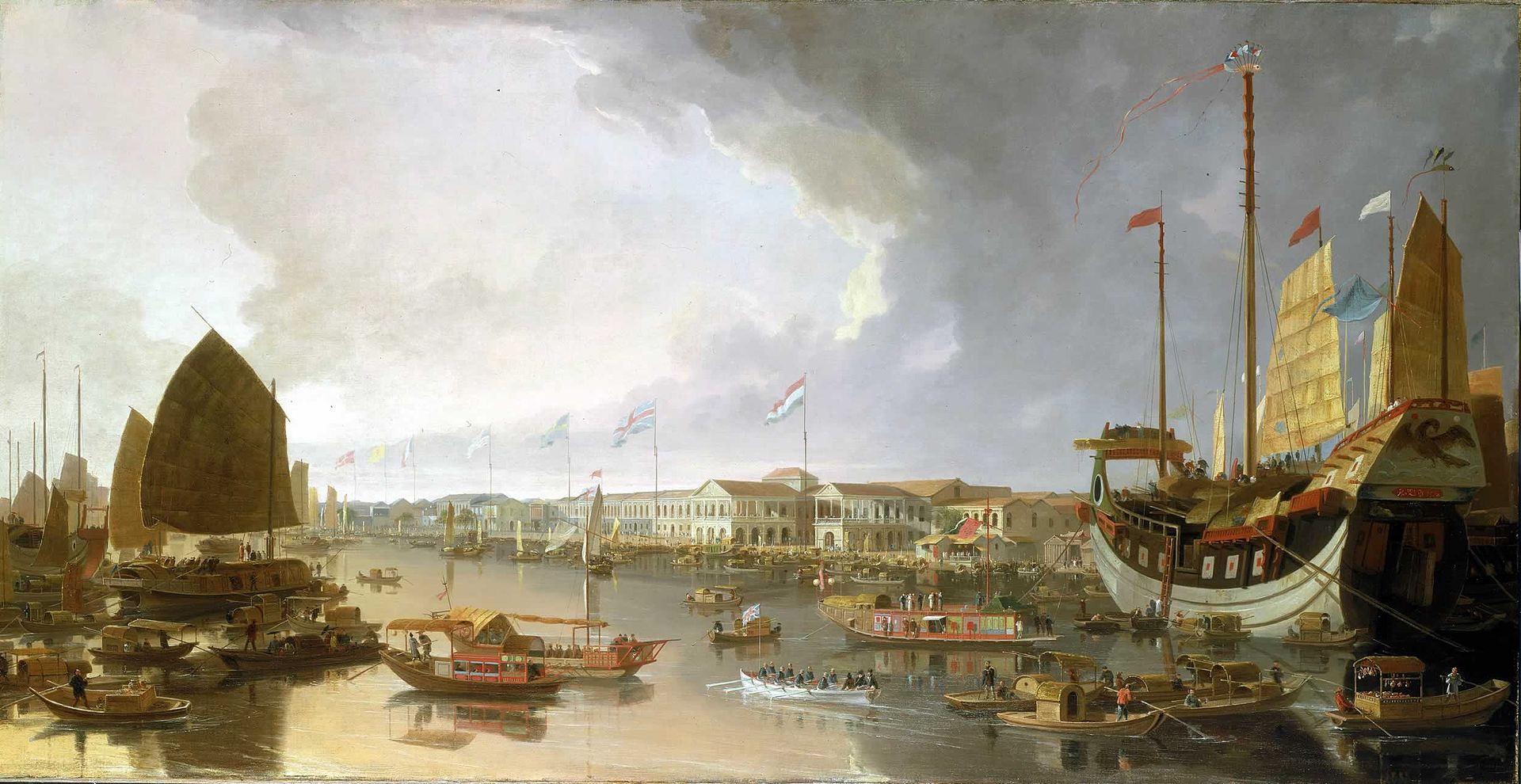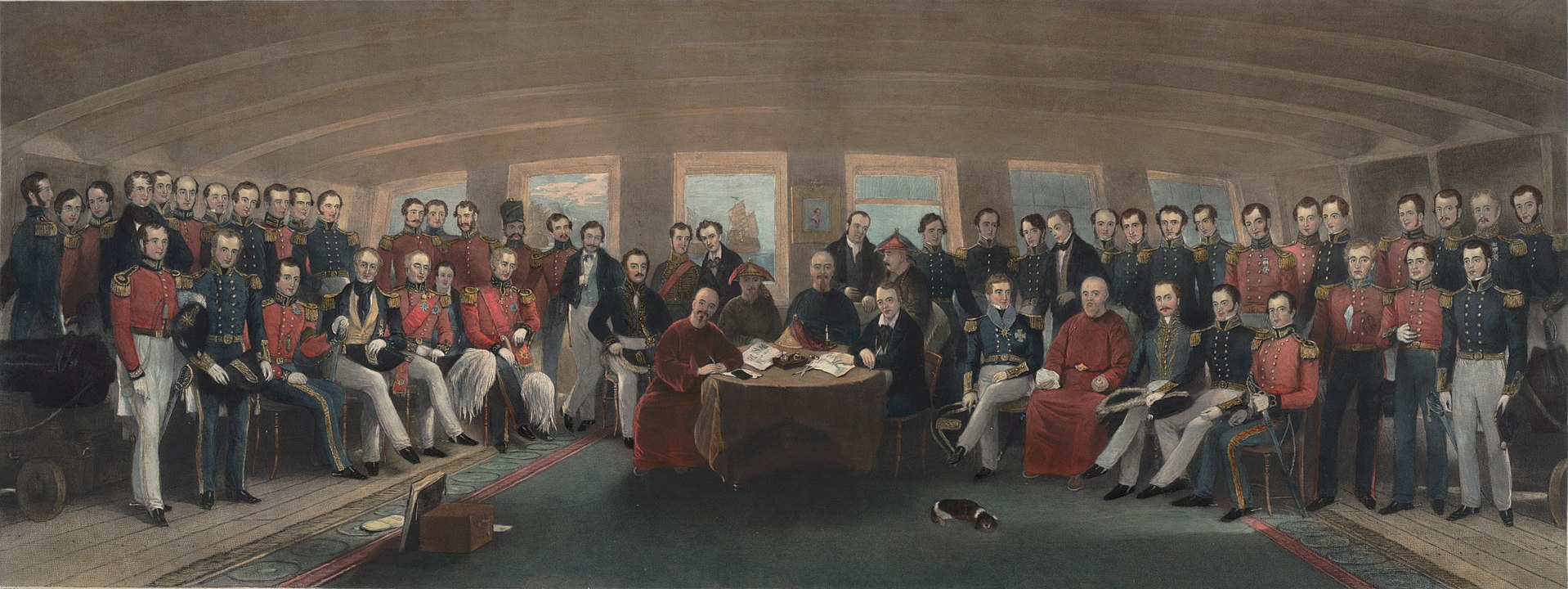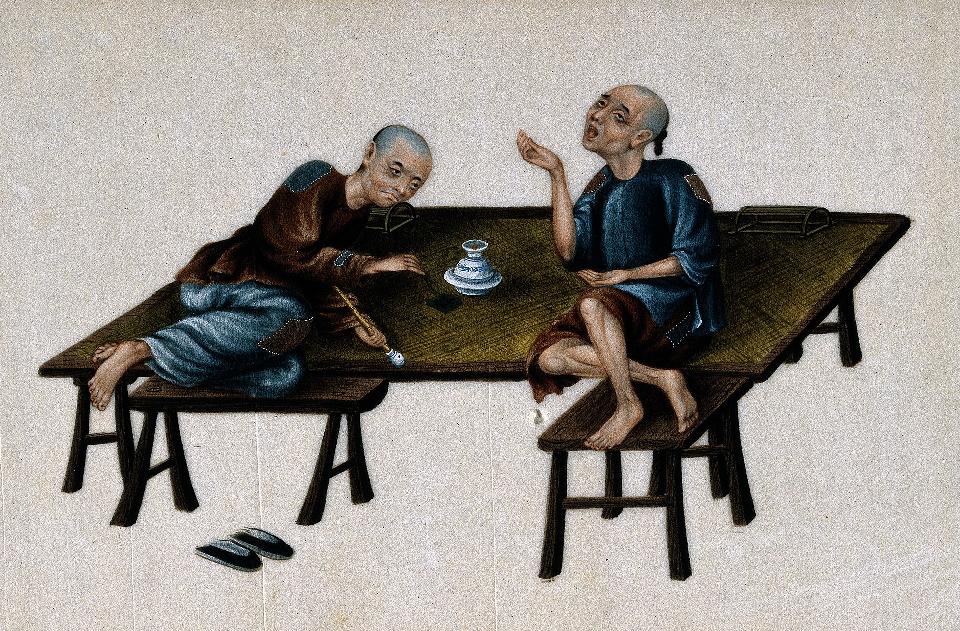
AsianOverland.net
Tour Guide - Itinerary
Asian Overland Sydney to London
Started 22/06/2022 Finished 21/06/2023365 Days ITINERARY
Day 69 date 29/08/2022HANOI to HONG KONG, CHINA
ASIANOVERLAND.NET SYDNEY TO LONDON DAY 69: HANOI TO HONG KONG, CHINA
“CHINA OPENS TIBET BORDER TO NEPAL”
As soon as I saw that China opened its border between Tibet and Nepal in 1985, I knew we had to rush to China before China closed its borders again, possibly forever. As far as I was concerned, this was our best opportunity to experience China since Marc Polo, so we arrived in Hong Kong in 1985, only months after the Tibet/Nepal border had opened. We had promised ourselves in Kathmandu in 1980 before overlanding from Kathmandu to London, that we would cross the Tibet/Nepal border as soon as it opened, so we did. It was so exciting to be on our way to the Great Wall of China, the Terracotta Warriors and the Potala Palace!!
The earliest human traces in Hong Kong are 35,000 years old stone tools. By 6,000 years ago, the region was widely occupied by humans. Hong Kong settlers were semi-coastal people and sea people. Early inhabitants were Austronesians and the Yueh people, who developed rice cultivation, coarse pottery, hard pottery, quartz and stone jewellery, and small bronze implements.
The Qin dynasty incorporated the Hong Kong area into China in 214 BCE, after conquering the indigenous Baiyue. The region was consolidated under the Nanyue kingdom (a predecessor to Vietnam) after the Qin collapse, and recaptured by China after the Han conquest.
During the Mongol conquest of China in the 13th century, the Southern Song court was in modern-day Kowloon City (the Sung Wong Toi site), before its final defeat in the 1279 Battle of Yamen. By the end of the Yuan dynasty, seven large families had settled in the region and owned most of the Kowloon and Hong Kong land. Settlers from nearby provinces migrated to Kowloon throughout the Ming dynasty.
The earliest European visitor was Portuguese explorer Jorge Álvares, who arrived in 1513. Portuguese merchants established a trading post called Tamão in Hong Kong waters, and began regular trade with southern China. Although the traders were expelled in the 1520s, Portuguese-Chinese trade relations were re-established by 1549, and Portugal acquired a permanent lease for Macau in 1557.
After the Qing conquest, maritime trade was banned under the Haijin policies. From 1661 to 1683, the population of most of the area forming present day Hong Kong was cleared under the Great Clearance, turning the region into a wasteland. The Kangxi Emperor lifted the maritime trade prohibition, allowing foreigners to enter Chinese ports in 1684.
Qing authorities established the Canton System in 1757 to regulate trade more strictly, restricting non-Russian ships to the port of Canton.
Although European demand for Chinese commodities like tea, silk, and porcelain was high, Chinese goods could only be bought with precious metals. The British decided they wouldn’t pay for Chinese goods with precious metals, so they sold large amounts of Indian opium to China. Faced with an opium drug addiction crisis, Qing officials unsuccessfully attempted to halt Britain’s opium trade.
In 1839, the Daoguang Emperor rejected British proposals to legalise and tax opium, and ordered the eradication of the opium trade, destroyed opium stockpiles and halted all foreign trade, triggering an overwhelming British military response and the First Opium War.
The Qing surrendered early in the First Opium War and ceded Hong Kong Island to Britain in the Convention of Chuenpi.
British forces began controlling Hong Kong shortly after the signing of the convention, from 26 January 1841. However, both countries were dissatisfied and neither ratified the agreement. After more than a year of further hostilities, Hong Kong Island was formally ceded to the United Kingdom in the 1842 Treaty of Nanking.
The British quickly built military and administrative infrastructure, but piracy, disease, and hostile Qing policies prevented the British colony from attracting commerce. Conditions on Hong Kong only improved during the Taiping Rebellion in the 1850s, when many Chinese refugees, including wealthy merchants, fled the mainland fighting and settled in the Hong Kong colony.
Further tensions between the British and Qing over the opium trade escalated into the Second Opium War. The Qing were again defeated and forced to give up Kowloon Peninsula and Stonecutters Island in the Convention of Peking. By the end of Second Opium War, Hong Kong had evolved into a major trading port.
The Hong Kong colony was further expanded in 1898 when Britain obtained a 99-year lease of the New Territories. Unsurprisingly, the 99 year lease expired in 1997,so Hong Kong and the New Territories reverted to Chinese rule.
Wong Tai Sin Temple is a well known shrine and tourist attraction in Hong Kong. It is dedicated to Wong Tai Sin, or the Great Immortal Wong. The 18,000 m2 Taoist temple is famed for prayers being answered: "What you request is what you get" in a practice called kau chim. The temple is located on the southern side of Lion Rock in the north of Kowloon.
© This work is copyright. Apart from any use permitted under the Copyright Act 1968, no part may be reproduced by any process, nor may any other exclusive right be exercised, without the permission of Peter Searle, peter@portseavillageresort.com; 1980-2024.
Website built by Justin O’Dea www.webdeveloperdocklands.com.au
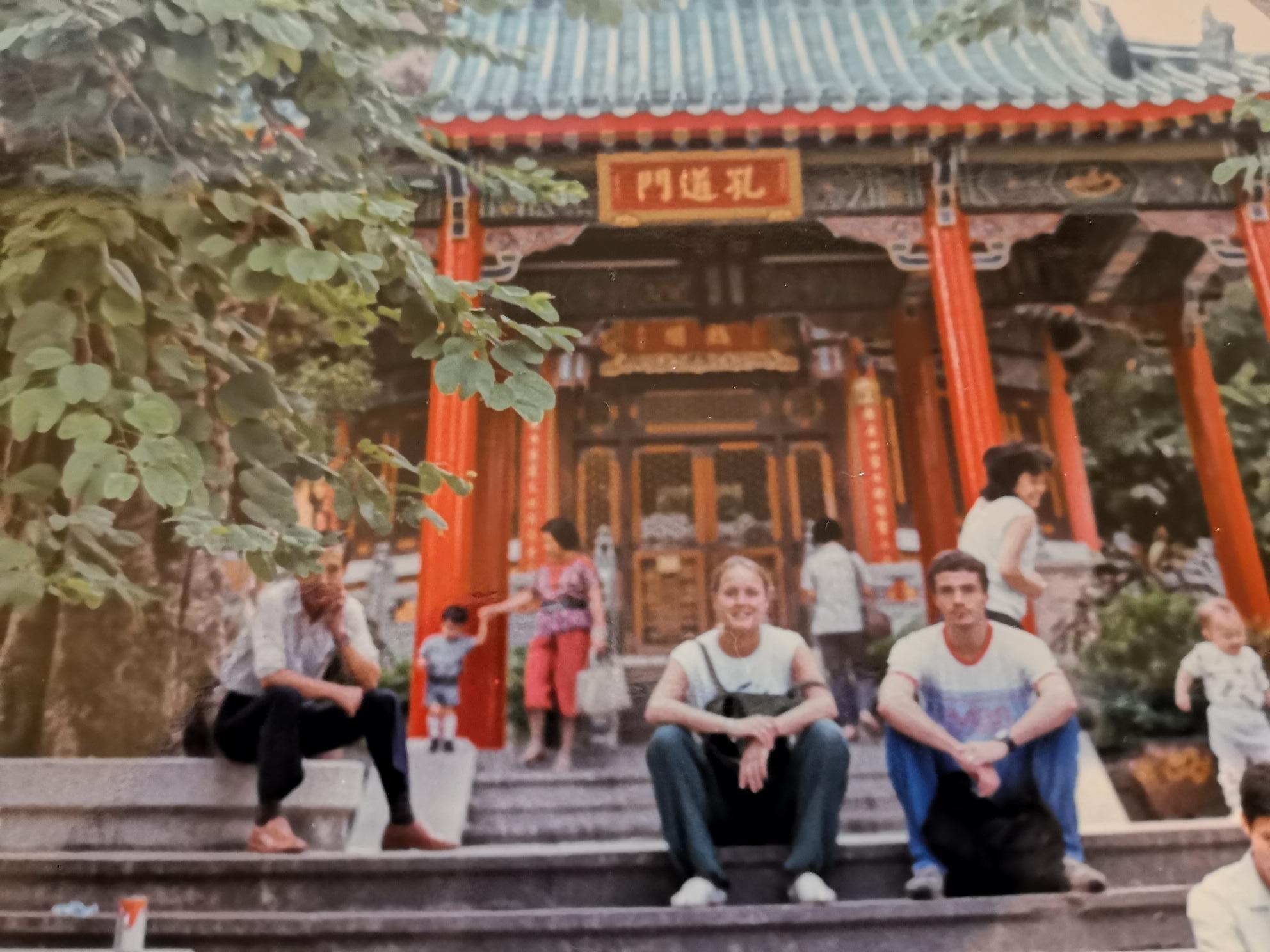



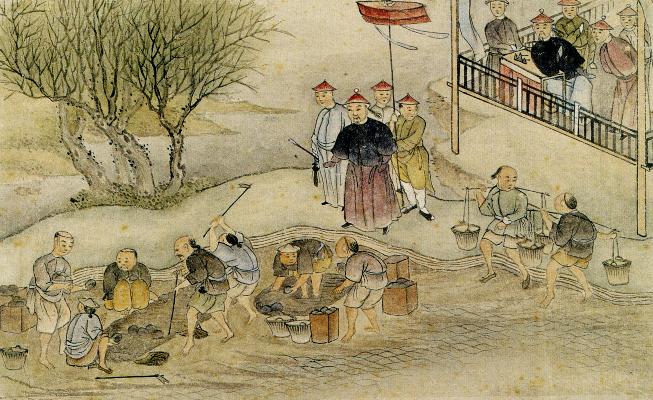
.jpg)
